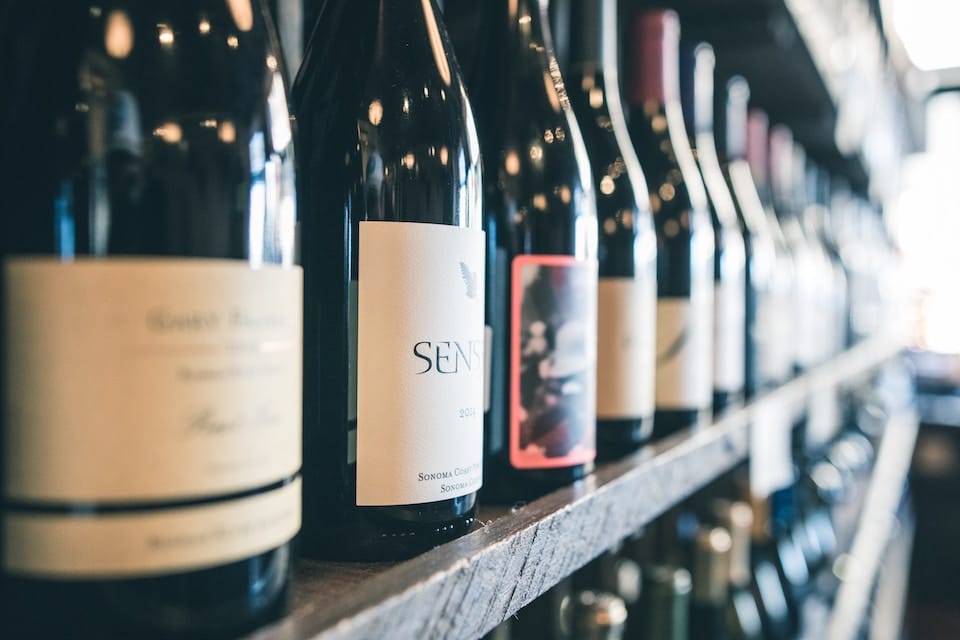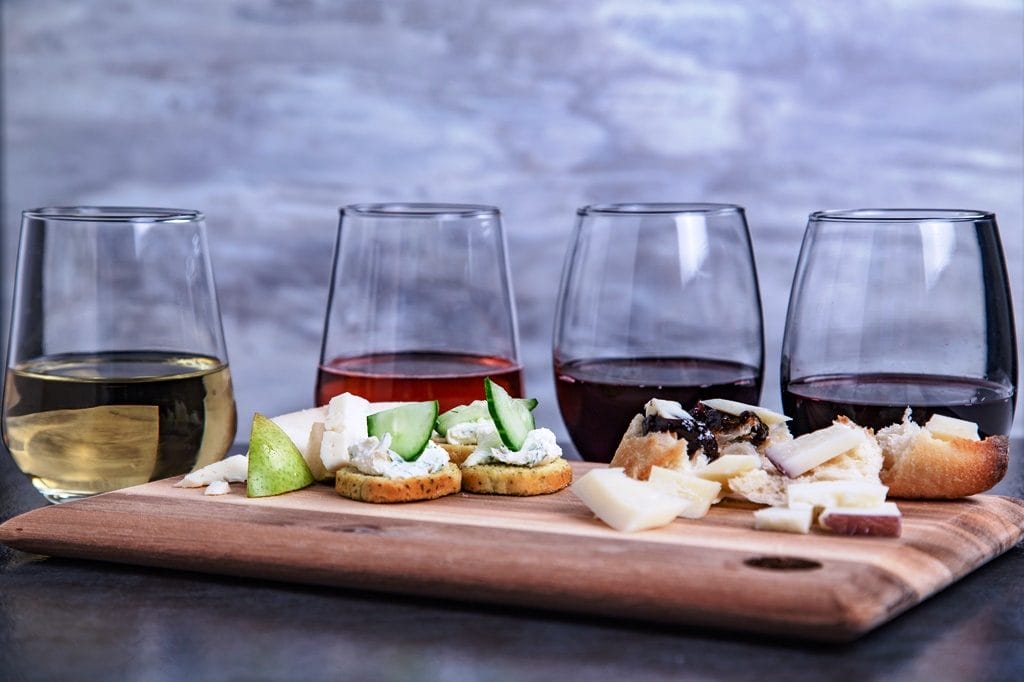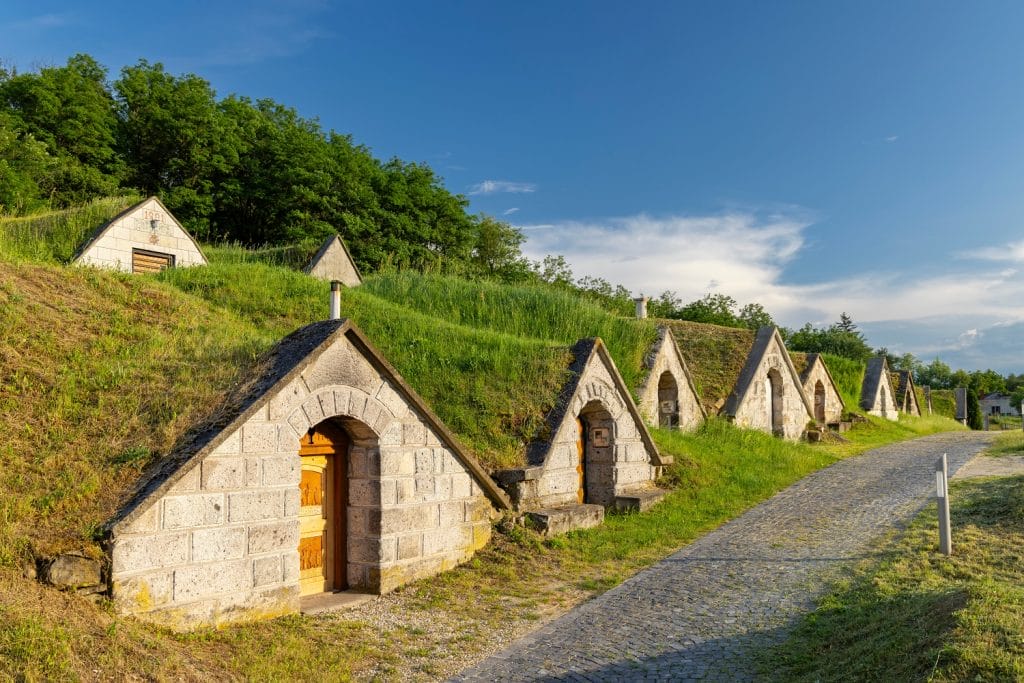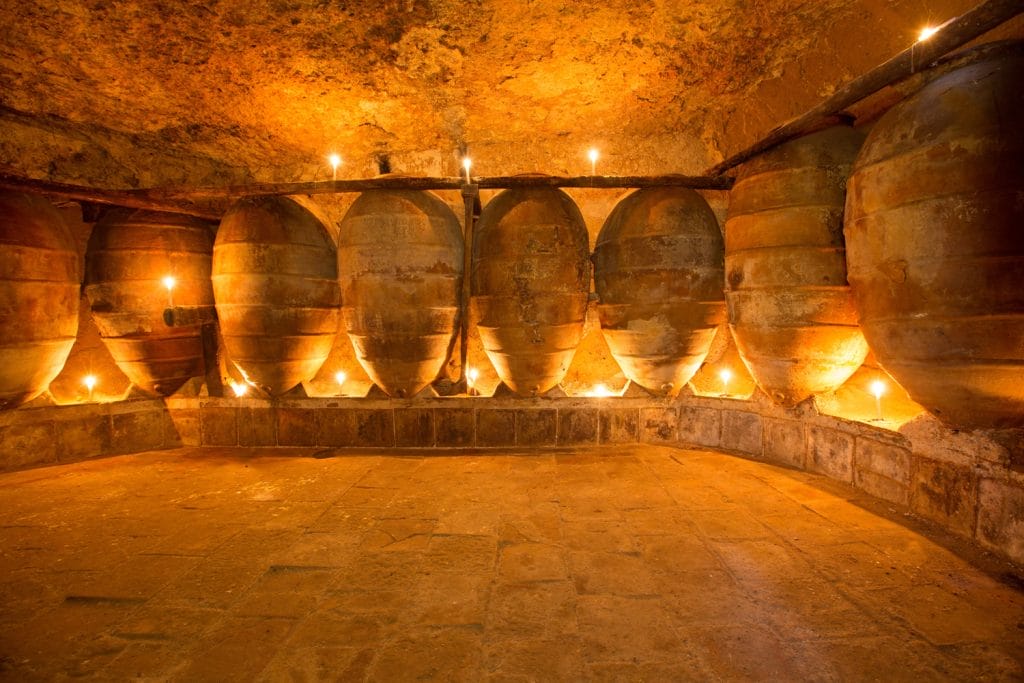Spend a little, spend a lot…to preserve your wine!
You’ve been given a Saint-Émilion 1er cru classé 2009…. You want to wait for the perfect moment to open it and that’s a good idea, providing the bottle is stored properly. Otherwise the wine can change and the quality be affected, losing its aromatic potential and becoming far less desirable. Here are a few things to consider as you reflect on the issues involved in the preservation of wine.
First off, decide what kind of consumer you are. That will allow you to make wise choices related to your needs. Depending on your environment and your habits related to consumption, you must choose between the purchase of a portable wine cellar and creation of a place that works as your wine cellar. Basically, the purpose of a wine cellar is to keep the temperature at around 12 degrees and a constant humidity at between 60 and 70 per cent. You’ll find, on the market, a number of models ranging in price from $300 to several thousand dollars. The insulation of your cellar, like that of your home, should be optimal. The winning combination combines good insulation with the best possible use of space. As you can imagine, a half-empty cellar will consume more energy. Some models, with two distinct zones, allow you to control separately for the whites and reds. Besides the temperature, light is a problem for your bottles, but most models are equipped with a tinted or opaque door.
For daily use of wine that won’t be kept for long time, there are wine coolers. The refrigerator or an ice bucket will do the job, however, if you have 15 to 30 minutes before opening the wine.
Lastly, if you have basement space, creating a wine cellar might be worth considering as long as you can apply the rules mentioned above.
In conclusion, remember that wine doesn’t like light. It likes tranquility, so try not to have it close to an area where there’s vibration. Wine likes stability, and temperature changes bother it. Finally, it prefers to remain horizontal because otherwise, the cork can dry out, air can get in, and the wine can oxidize.
So now all you have to do is open a bottle and reflect on what to do next.

Lynda Lavertu48 Posts
Toujours tout sourire, Lynda se passionne pour le fabuleux monde du vin et tout ce qui saura plaire aux épicuriens. Sommelière diplômée, elle travaille à la SAQ et partage avec nous ses plus récentes trouvailles. / The ever-smiling Lynda is passionate about the fabulous world of wine and everything that will bring pleasure to epicures. A graduate sommelière – wine steward – she works at the SAQ and shares with us her most recent discoveries.












0 Comments